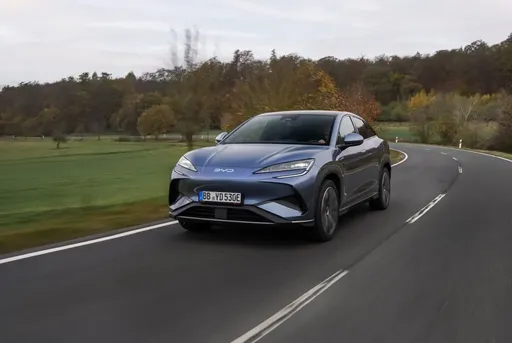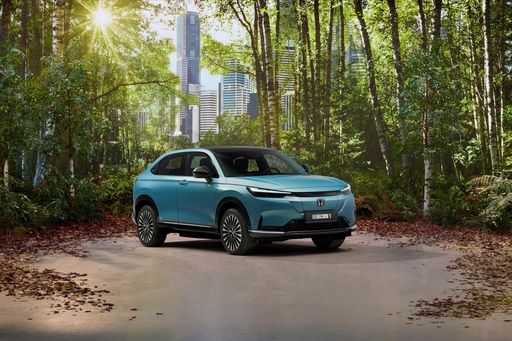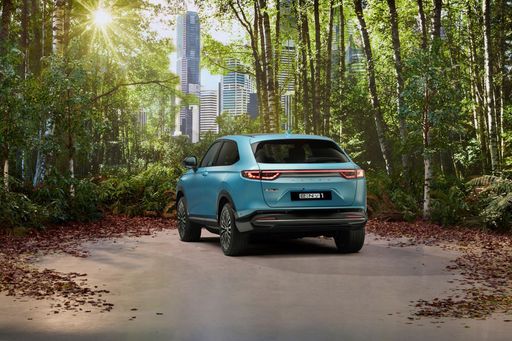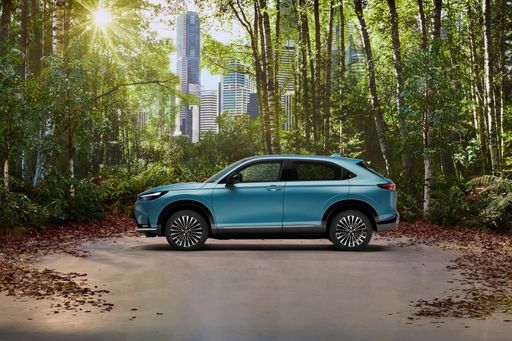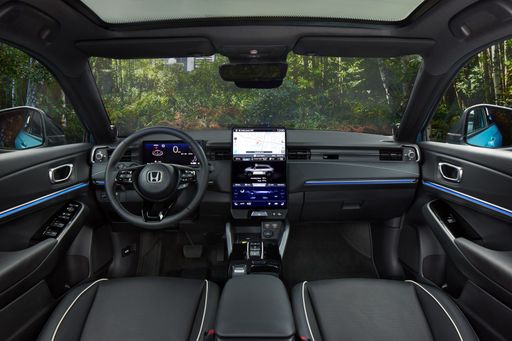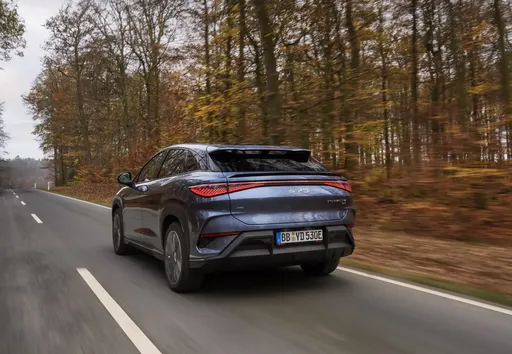Electrifying Rivals: Honda e:Ny1 VS BYD Sealion 7
The electric SUV market is buzzing with innovation, and two standout models are making waves: the 2023 Honda e:Ny1 and the 2024 BYD Sealion 7. These electrifying rivals boast cutting-edge technology, remarkable performance, and eco-friendly credentials. But how do they stack up against each other? Let's delve into their technical aspects and innovations to find out.

